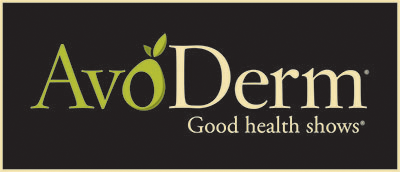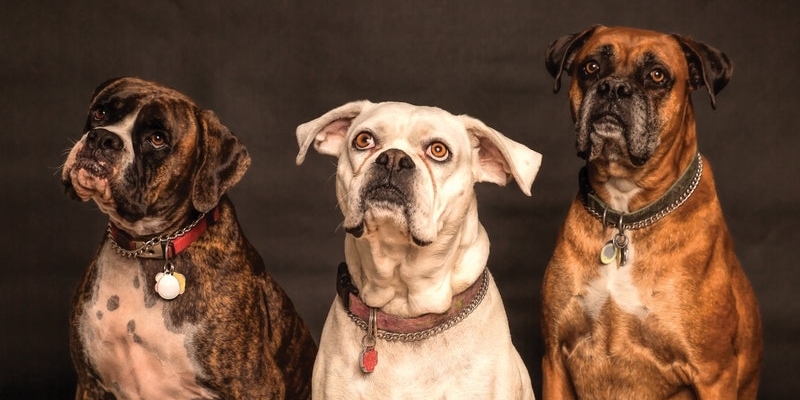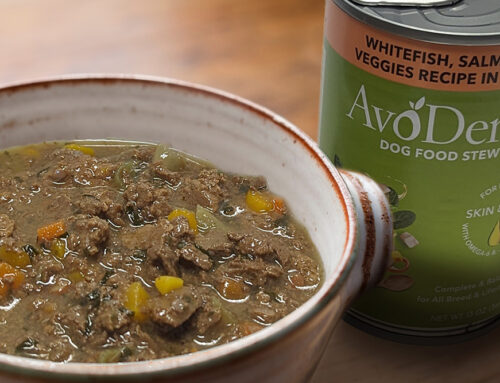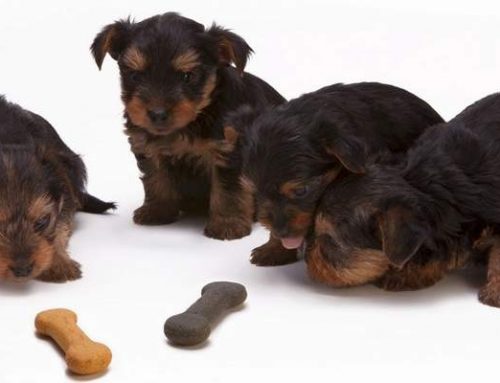Food aggression in dogs can stem from a number of causes. But who ever said dogs can’t learn new tricks? Keep reading to learn more about this common experience for dogs, and find out what you can do to restore (relative) peace in your home at mealtime.
Defining food aggression in dogs:
The term ‘food aggression’ is used to describe defensive and aggressive behavior while eating. Long ago, your dog’s ancestors may have had to guard limited resources from predators and other threats. But, you may be wondering, what is it about your household that reminds your pet of such a time? Below, uncover a few scenarios that may cause food-aggressive behavior in your home.
Scenarios that may cause food aggression:
Also known as resource guarding, food aggression is a means of asserting dominance. Your new puppy or adult dog may be trying to show you that he’s the alpha dog of the household. This behavior could stem from having to fight for his food while young, or having food constantly taken away from him at a previous living arrangement. In either case, your new pup is not yet sure whether you are a caregiver or a threat.
It’s not just alpha dogs that come with a bite. In fact, it’s somewhat common to see the typical “runt of the litter” exhibit food aggression. This is likely because they were pushed around as a puppy when trying to eat with their siblings. Though adorable to see, litter feeding can cause defensive and aggressive behavior at meals later in life.1
Warning signs of food aggression:
Nine times out of ten, your dog may be the perfect example of a friendly pet. Nevertheless, food aggression in dogs is somewhat instinctual. If this behavior goes unnoticed and uncorrected, it may result in dire consequences for furry and non-furry members of your family. Learn to recognize the following signs of food aggression so that you can be prepared to act and react in a safe and sustainable way for your pet.4
Signs of mild food aggression in dogs
-
- Growling at meal time
- Baring teeth or snarling
Signs of moderate food aggression in dogs
-
- Lunges when approached while feeding
- Snaps at approaching human or animal
Signs of severe food aggression in dogs
- Biting when approached while feeding
How to deal with food aggression as a pet owner:
Understanding the warning signs mentioned above may be crucial to maintaining a safe and friendly environment for everyone in your household. Children, for example, are more likely to be bitten by a food aggressive dog, as they may have trouble interpreting the warning signs before engaging with their pet.2 If your dog shows aggression while feeding, caution every member of your household to avoid approaching them at mealtime.
Though it might not seem like a pleasant interaction, food aggression in dogs can worsen with positive reinforcement. After all, your pup is snapping and growling at you for a reason! In your pet’s eyes, their aggressive behavior is effective if you listen and back away, thus they are likely to keep using it in the future.
Now, this doesn’t mean you should challenge your dog’s behavior with more aggression. Instead, pet owners should take slow and careful steps to reverse the dog’s negative association with feeding time. The goal is to make it so your pet likes having you around at meals. If you suspect your dog has a bout of food aggression, talk to an animal behaviorist or vet to figure the best training plan for your family.
At the end of the day, instinctual or learned behavior can be unlearned and modified. So don’t give up hope if you recognize food-aggressive behavior in your young or old pup. Working through it together could be the start of a wonderful bond between you and your pet.
SOURCES:
- “Food Aggression in Dogs.” WagWalking, Wag!, 27 June 2017.
- “Food Guarding.” The American Society for the Prevention of Cruelty to Animals.
- “Dog Food Aggression & How To Prevent It.” Dog Training Central.
- Bastian, Jon. “Food Aggression and What to Do about It.” Cesar’s Way, 8 Oct. 2015.





